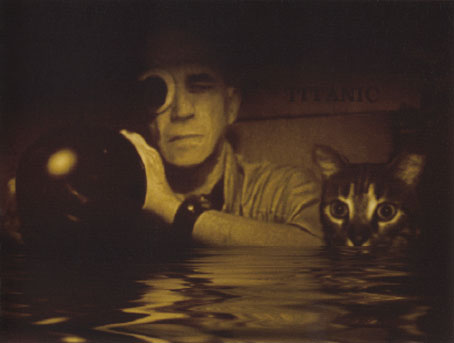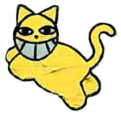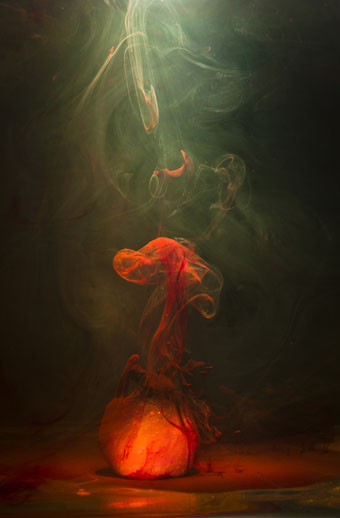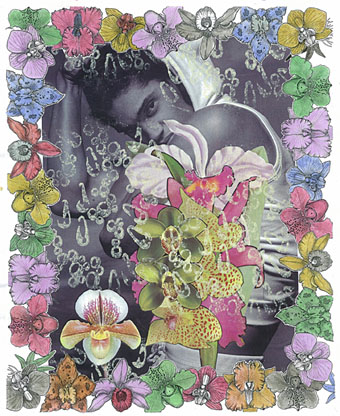
“A recurrent rumour says that Chris Marker and the cat Guillaume-en-Egypt sank with the Titanic.” Photo credited to Wim Wenders.
In our moments of megalomaniacal reverie, we tend to see our memory as a kind of history book: we have won and lost battles, discovered empires and abandoned them. At the very least we are the characters of an epic novel (“Quel roman que ma vie!” said Napoleon). A more modest and perhaps more fruitful approach might be to consider the fragments of memory in terms of geography. In every life we would find continents, islands, deserts, swamps, overpopulated territories and terrae incognitae. We could draw the map of such a memory and extract images from it with greater ease (and truthfulness) than from tales and legends. That the subject of this memory should be a photographer and a filmmaker does not mean that his memory is essentially more interesting than that of the next man (or the next woman), but only that he has left traces with which one can work, contours to draw up his maps.
Chris Marker, introductory notes to Immemory (2002)
Memory is the key word: it’s at the heart of Chris Marker’s most well-known films, his science fiction short La Jetée (1962), and the feature-length film-essay Sans Soleil. Both those films reference Hitchcock’s Vertigo, a film concerned with layered memories, both real and invented. Memory also comprises the subject of Marker’s most ambitious work from his later years, the CD-ROM Immemory, a unique creation which few will have experienced since it appeared after the great wave of ROM-mania in the 1990s, and was also Mac-only at a time (2002) when Macs were even more of a minority concern than they are today. My own copy is now unusable since it only runs on the outmoded OS 9 system (later copies were upgraded to OS X), leaving me with nothing but memories of Immemory and a box which sports a still from Vertigo among its cover images. The loss is regrettable but somehow fitting, and there’s a lesson here about impermanence for all you boys and girls planning bright new iPad apps. La Jetée is the film that receives the most attention, made on a budget that even when adjusted forward wouldn’t have covered the catering costs on Inception, it was one of JG Ballard’s favourites, and the source (of course) for Terry Gilliam’s Twelve Monkeys. But it’s to Sans Soleil that I always return, a place where the complex interleaving of documentary footage and fictional—or is it?—narration proves endlessly rewarding.

The Beckoning Cats from Sans Soleil (1983).
• Chrismarker.org: an essential resource
• Chris Marker’s YouTube channel
• Chris Marker interviewed by Samuel Douhaire and Annick Rivoire in 2003
• The New Yorker: In Memoriam: Chris Marker by Richard Brody
• Guardian obituary by Ronald Bergan
• Telegraph obituary
• Things That Quicken The Heart: Chris Marker’s Sans Soleil by David Moats
• The Humanists: Chris Marker’s Sans Soleil by Colin Marshall
• Brian Dillon on La Jetée
Previously on { feuilleton }
• Junkopia
• Penguin Labyrinths and the Thief’s Journal
• Monsieur Chat
• Sans Soleil





